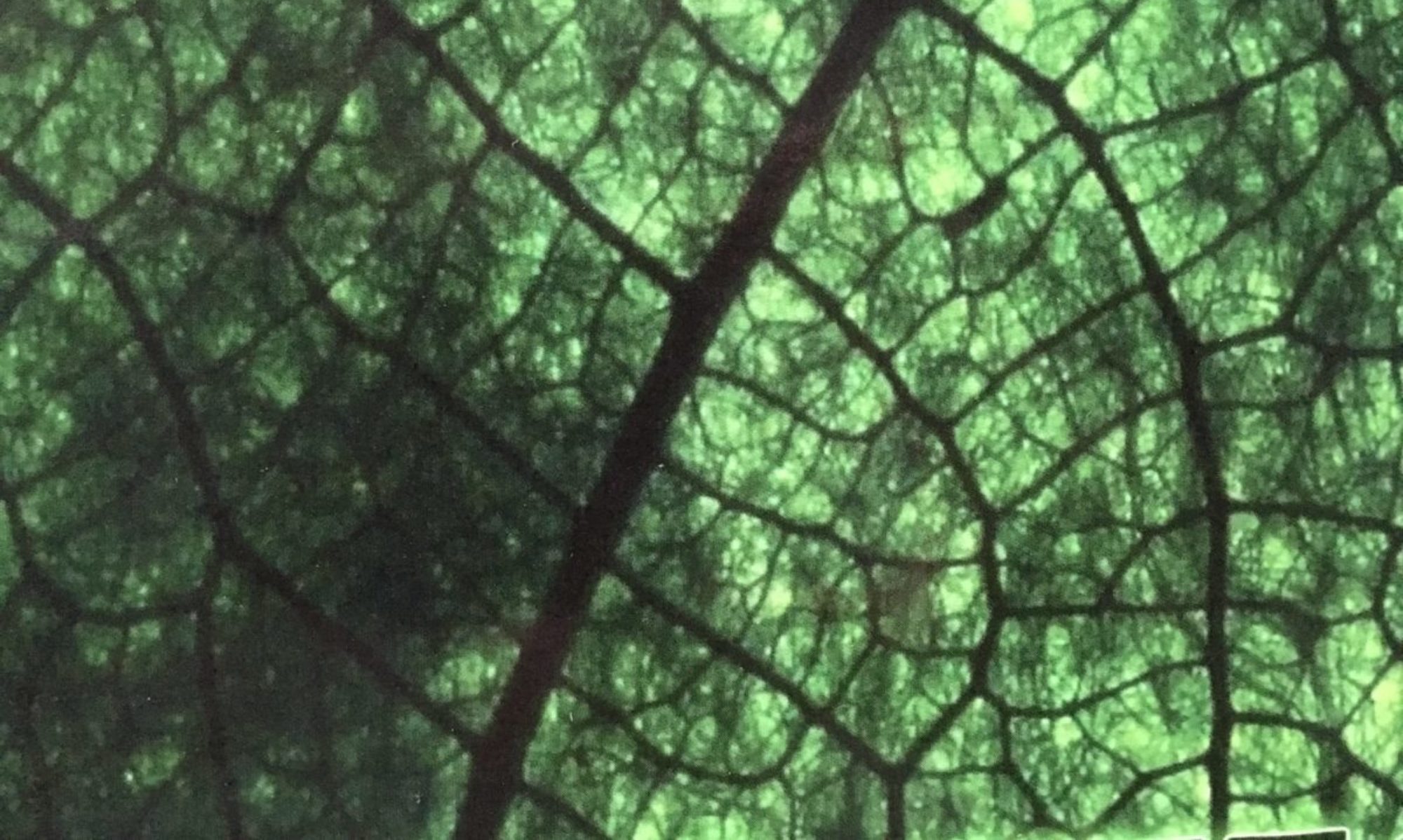When I let more than a few days go by without giving you a post, I feel like I’m neglecting you. And after all, “green” is a big topic; there should always be lots to write about.
A chapter of my book Deep Green is dedicated to the importance of mental wellness. If we want to help the world, we have to keep our own minds in order.
Life is filled with storms. Minds are prone to all manner of mind-weather. Deluges, tornadoes, deadly slack doldrums.
About 20 years ago, back when I lived in Austin, I got into fire-spinning for awhile. It started when I saw some celestial-looking woman doing a performance at a party I’d stumbled into where I didn’t know anyone. And this mysterious girl was literally swinging balls of fire on the ends of two-foot-long chains.
I was hooked, and wanted to do it. But had no idea how to approach this woman. The very next day, as I was running errands on foot downtown, I crossed paths with her on the sidewalk! About once a week for a few months, we met in a park and she taught me essentials of her craft.
She was a superb teacher, not only in terms of technique but also in terms of imparting a mind-set. One thing she said has really stuck with me. What she imparted to me me is, it’s possible to do an excellent performance no matter what state of mind you’re in. You can be feeling sad about something in your life; anxious; angry; even checked-out, and still you can give a great performance, provided one thing: that you are in touch with however you are feeling at that moment. (And yes, it is possible to be in touch even with “feeling checked-out.”)
That advice has never failed me, whether at firedancing (for the few years I was a fire performer), or at going on the radio, or giving a talk, or meeting up with friends, or consulting at a client’s property. Or writing this blog. Or going through a divorce.
Or, in the funeral parlor before the cremation, paying respects to the physical form that had housed the spirit of the woman who birthed me into this world.
The mind is ground zero. We have to be willing to know ourselves and face inner stuff that isn’t always pretty. Regrets, self-reflection. Memories of our own cowardice or unkindness or whatever else. We need tools, and most of us also need support of some kind from other people. Getting out into nature is essential too.
This month it’ll be two years since my mother’s passing. It still feels fresh in some ways; I’m still picking up some pieces of my life and my mind that shattered or came unglued with her illness and passing. Actually, it was more like her transition switched on a spotlight in me, illuminating some pieces of my self and my life that were already shattered or unglued that I had not noticed before. Death of a close person has a way of illuminating those places in me.
Mental wellness is not the absence of struggle or difficult feelings. It took me a long time to learn that. I was ashamed of having apparently been born with “mental-health issues,” and for a long time I resisted the idea that I needed to make mental wellness the core of my life. Once I stopped resisting (as much), things got a lot better, and I became more able to show up in the world and contribute to the change I wanted to see.
There’s a whole chapter of my book dedicated to the importance of cultivating mental/emotional wellness. It’s called “Get Your Mind in Order.” Getting our minds in order isn’t like mopping or sweeping or disinfecting a room, or shutting out the rough weather; it’s more like learning to trust ourselves and navigate the storms and open our whole heart to what is.
The mind feels like a muscle to me. As I practice being present with difficult feelings, it seems to stretch and become more resilient. I can tell when I’m on the right track when I feel my heart getting stronger and softer at the same time.
Stretching is a challenge. Many times my first reaction is to shrink back from the task of stretching. But that leads to a dry airless place I don’t care to inhabit.
This morning, Saturday, is the day of our local farmer’s market. I am going with the friend I usually go with. Time to get up (because I’ve been typing this in bed on a sweet cool gray morning), get dressed, and get my shopping bags out.
Enjoy your day, dear reader. Whatever storms it brings, know that you can navigate them and become stronger. And know that you are making a difference in the world.
As always, I am deeply honored by your presence here on this blog. Thank you for reading. And thank you for guiding me — because you do, although silently and anonymously, give me guidance on what to write next. You are like a secret source of light.
